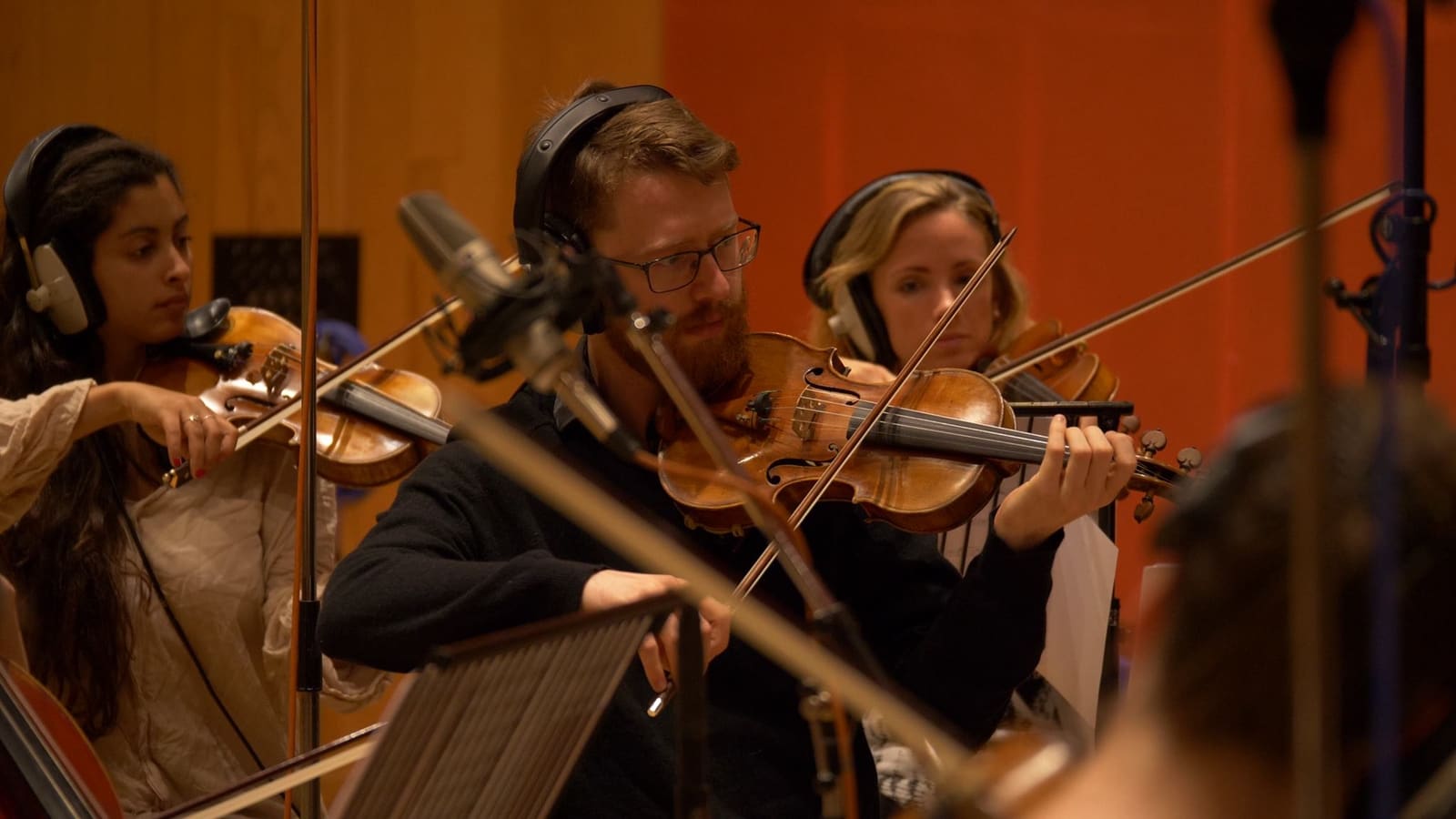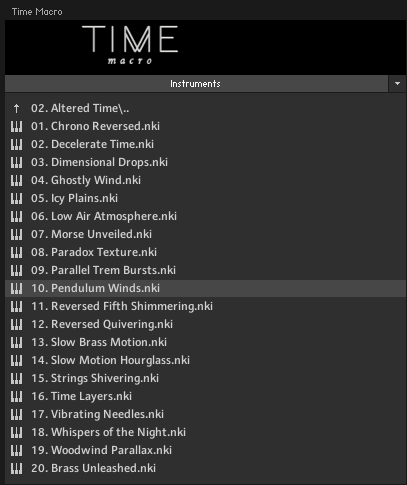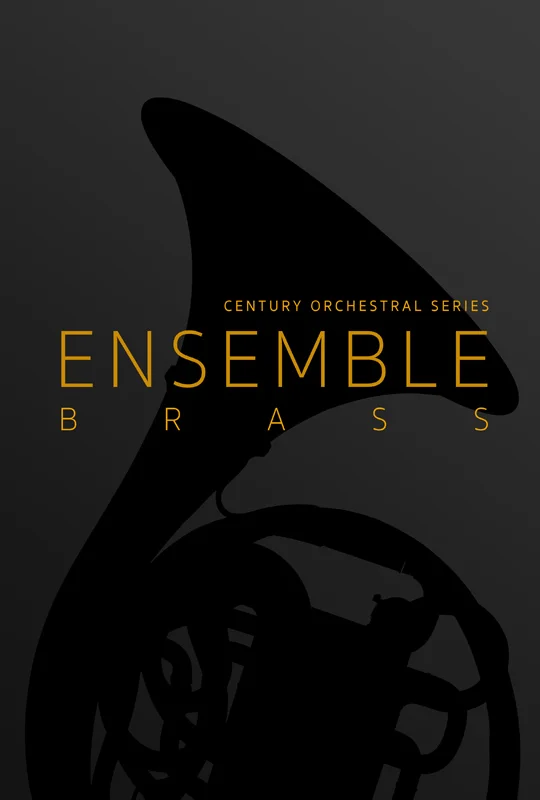The art style represents the unique quality of this library
Here it is! The big review for the massive new release from Strezov Sampling, Afflatus Chapter I: Strings! This library has been the talk of the town on social media and composer forums since the first teasers began leaking out, and hearing the demos, the unanimous decision was that it sounds incredible. A new revelation dawned once the library actually released : It’s EXPENSIVE, costing 799 euros at the time of writing, which is roughly $909 USD. When you see user opinion on this library, a clear pattern emerges: everyone seems to agree it sounds amazing, but many simply refuse to budge and purchase a library with such a high price, which is understandable since there are so many great string libraries out there already, many for a fraction of the cost. Also, many composers have at least one or two all intensive string libraries already, so many are wondering “what will this do for me that I don’t already have with my other libraries?”
Details
This library is massive, coming in at ~123 GB Hard drive space for the library (59GB for installation files and 64 GB extracted full size library). This library does NOT require the full version of Kontakt and runs in the free Kontakt Player, which is a major plus for many users. Upon hearing the demos and reading the first details of this library even before release, you can get a feel for what Strezov is trying to accomplish here: incredibly realistic and flowing string performances captured in samples, with none of the nuance and emotion lost in translation. Here is an excerpt taken directly from their official site :
“Inspired by film and classical music icons this collection pushes the boundaries of traditional sampling methods by introducing revolutionary features like Auto Divisi combined with Polyphonic True Legato and a Thematic Approach towards playing techniques. Gone are the days of soulless samples.”
The more I delved into the details of what this library offers, the more excited I became. I have a few string libraries, each with their own pros and cons, but never have I had one that I can just load up and play with my keyboard and have it perform completely naturally, until now (and many more libraries will begin to implement this in the future, I can guarantee that). I had chalked it up to simply being the limits of sampling in general: I assumed legato patches would only be feasible on individual sections, playing one note at a time, and not being able to perform polyphonic chords or sections while still applying the beautiful legato transition. That is, until I got my hands on some newer libraries which implemented this exact technology (Genesis Choir by Audiobro and Silka Choir by 8dio, specifically, although this polyphonic legato is also a feature on Strezov’s Wotan and Freya Choirs). I really love using polyphonic legato featured in the libraries I mentioned, but I really desired a string library with the same features, as I (and most composers I know of) write more for strings than for choir.
The Interface/Content
Useful help messages pop up when needed
One immediately notices the beautiful art design used for the promos and GUI of this product : very noir with a vintage color palette. Don’t let this fool you, as while some patches very distinctly emulate vintage style recordings/arrangements, there is something for everyone here in this library, from the classical and traditional film composer to the modern and more bombastic/aggressive styling. I was initially a bit overwhelmed by the sheer amount of content here, as I started to realize why this library may be a bit more pricey than other standard string libraries. Not only do you get the incredibly realistic and playable polyphonic legato and auto divisi technology, you get full ensembles ranging from 50+players to a more intimate chamber size ensemble and everything in between. These patches offer instant gratification the likes I haven’t experienced with any other string library to date and are incredibly rewarding to just load and play to your hearts content.
You can enable and disable the legato for all the long patches, and there is a very useful “overlap” toggle button, which will allow for a more traditional legato transition once you play a new note, as opposed to playing both notes simultaneously. Some features I’d like to see in future updates : adjusting the speed and volume of the legato transitions between notes themselves, to enable faster and tighter legato phrases.
There are many unique combinations here as well, such as “Shark Strings”, which is a combination of 10 cellos, 8 basses, and 2 pianos (Jaws, anyone?). “Christmas Strings” are violas and cellos accompanied by a pleasant alto saxophone, “The Mouse Strings” are a detailed Pizzicato ensemble. “Contemporary Strings” is a short spiccato 12 string patch. There is a TON of content here and they’re all properly labeled and explained in the provided user manual. Some personal favorites are the Lush Strings (standard big Hollywood Sound) and Minimalist Strings Legato (a more intimate and detailed sound). I also really loved “Warrior Basses” which is a combination of bartok pizzicato, timpani, percussion and male shouts. There are also preset patches tailored to modern pop and ethnic/world music as well as modern and vintage film music and classical genres as well. As you can see, you really can get an immediate and focused sound for almost any single genre of music imaginable from this one library alone. Each ensemble comes with the option to use “All Samples” , “Full Section Only”, and “Half Section Only”, which can help save computer resources. Not all patches provide the option to enable Divisi (using only half of the number of selected instruments), but most allow the use of sordino or dampened/muted playing. This library also provides experimental patches, which provide many unique instrument combinations you would never normally find in a string library, and are listed below:
The addition of so many unique instrument combinations is really incredible
Some small critiques here about the arrangement and categorization of patches: These would ideally be arranged in “Long” and “Short” categories, where as some of them are labelled by articulation in the patch name, others are not, and it feels a bit inconsistent and leaves it up to you to remember that “Contemporary Strings” only provides the spiccato articulation, as opposed to simply naming it “Contemp Strings Spic” or simply having two categories for “Ensemble Long” and “Ensemble Short”. Another thing I noticed was there are limited keyswitches available. For instance, “Lush Violins 1 KS” only allows you to keyswitch between long/legato and tremolo. It would be nice to have at least one large patch that allows you to switch between Long/Legato, Short/Spiccato, and Tremolo, to prevent from loading up multiple instances of this library with each unique articulation patch, for users who may need to conserve CPU and RAM. Also, only two patches provide a marcato articulation (“Red Army Strings” and “Shark Strings Marcato”). These critiques are small, as the library provides a truly staggering and impressive array of content, and some patches are more niche (such as the combination patches). While many of us already have a more generic/standard library with the “bread and butter” articulations already, some users may never spend this amount of money on a String Library that doesn’t at least give them a patch with the ability to key switch between the basic articulations of long, short, trem, pizz, etc.
The Sound
The sound and playability of this library are truly amazing. There is a built in reverb slider to make it as dry or as wet as you want. Overall the samples are dripping with realism and emotion, capturing the nuance of a real performance in every stroke. The polyphonic legato feature is incredible, and a massive time saver (load up ONE polyphonic legato ensemble patch instead of each individual legato section). The sheer variety of sounds this library is able to produce is phenomenal. In one library, you get typical large orchestral string sizes, as well as smaller chamber sizes, sordino, harmonics, “vintage” film/classical sounds, “trailer” patches with a more bombastic and intense phrasing, trills, molto vibrato, as well as standard pizzicato, bartok, spiccato, marcato, not to mention the vast amount of combinations, experimental patches, and pads. This library can do the classic Hollywood sound: huge, lush, and soaring (think CSS and Hollywood Strings) ; while also easily tackling the smaller section sizes with increased detail and clarity (think 8dio Century Strings or Spitfire Chamber Strings). The sound of this library alone is absolutely incredible, and just has an amazingly sweet and realistic tone, but what really pushes it to the next level of greatness is how it plays and performs. Out of every string library I have tried, none so far come close to the instant gratification and ease of use that I got from Afflatus Strings. This library is capable of producing the most realistic and beautiful string sounds with an absolute minimal of tweaking, it just works, right out of the box, and enables any composer to skip with the fuss and painstaking editing and tweaking we’re so used to with other libraries. It doesn’t eliminate tweaking completely, as sometimes legato transitions need to be adjusted slightly, and sometimes legato transition volume can be slightly inconsistent (hence my recommendation for a legato speed and volume slider), but it succeeds better than any other library at getting the performance AND sound as close to perfection as possible.
The Verdict
We all knew Afflatus Strings would be great, no doubt. What I did my best to determine was answers to the following:
Does it bring anything new to the table? - Yes
Is it versatile, can it do modern music? (such as fast paced and tight action, as well as the more traditional film style focused on in the trailers and most demos) - Yes
Does the amount of content justify the high price, and can it be the one string library to cover all grounds? - It depends.
The answer to the third question definitely depends on what you own so far, and how much use you will get out of the unique combinations and patches. Some people may never want a string section combined with a saxophone, or low strings and two pianos playing simultaneously. Some others may still be put off by the high price and lack of in depth key switch options between articulations, or furthermore the lack of a comprehensive list of articulations (some standard articulations in other libraries aren’t well represented, long patches only keyswitch between trem and legato/sustain, etc.)
For me the library is incredible and delivers wholeheartedly on sound and content (and then some) and for long strings and the full patches, nothing comes close to matching the realism and sweet sound of the polyphonic legato, not to mention the auto divisi which is not a prominent feature on many string libraries whatsoever. I did have a few critiques that I do believe, if updated and addressed, could push this string library into the realm of perfection (an unprecedented full 10/10 score). I know there are planned updates to this library, so I have very high hopes these features can and will be implemented in the future.
*Future updates are bringing in First Chairs and SCENE D'AMOUR Celli
(Scene D’Amour = “very small string ensemble playing con sordino and with molto vibrato. Very emotional performances. Patches also have Tenutos”)
Final Score: 9.5/10
Pros+
+Incredible sound with unmatched playability.
+Polyphonic legato and auto divisi perform exceptionally.
+Massive amount of content, capable of a staggering amount of sound possibilities and combinations to match ANY style.
+THE library to beat for the traditional and classic soaring “Hollywood Sound” (John Williams, Jerry Goldsmith, Henry Mancini, Bernard Hermann, etc)
+Every patch is dripping with emotion, soul, and realism.
Cons-
-Some ensemble patches should be categorized or labeled better (into long and short, etc)
-High price is only fully justified if you plan to use the full extent of the library: unique combinations and playing styles, and varying ensemble sizes, may not be for everyone (although the price is justified for the amount of content, IMO. Normally you’d pay 500+ for an orchestral string ensemble, and 300+ for a chamber string ensemble, etc.).
-Limited keyswitch options and some missing articulations that are standard in other libraries.









































